
(Art by Alex Xpike)
Steampunk Hands Around the World is a recurring event in the Steampunkverse. I’ve had the pleasure of being involved since its early beginnings, though my contributions in the past few years have been erratic at best! The project is something I will always champion, since what drives Airship Ambassador Kevin Steil’s initiative is global connection and friendship.
He believes there is a need to unify Steampunks everywhere. Whether they are writers, crafters, bands, event organisers, alcohol manufacturers, diversity warriors, costumiers or simply lovers of the genre who express their enjoyment by attending events and gatherings, his wish is to tie them all closer together and break any walls that stand between different articulations of the genre. It certainly helps towards the ‘More Steampunk Than Thou’ syndrome that can still prevail sometimes, though much less so than when I first became more active and vocal.
I love meeting people, I always have. Steampunk has facilitated some friendships I absolutely never would have had and they cross other interests of mine, too. I made friends with Steampunks who are also pagans, Steampunk who are also musicians, Steampunks who also write across other genres, Steampunks who are also filmmakers, the list goes on.
Some of these friendships could be laid down on a map as a digital road trip, as I have yet to meet some of them in person.
It is a real feature of the modern age that we can sustain a friendship and grow close without physical proximity.
I’ve had some real life-wrenching, air-punching, joy-affirming, sorrow-sharing Skype and Facetime conversations. I’ve exchanged heart secrets via WhatsApp. (Probably foolish, actually considering no data is safe.) But it is a sharing across boundries, visible and invisible that is reflected in the idea behind Steampunk Hands.
When you end up getting closer, it does become an urge to meet up in person, something I try to do whenever possible.
Last year, I finally had the thorough delight to meet up with Diana Pho and her newly wedded partner Ashley.
When I first launched Steampunk India in 2012, Diana was one of the first people to express her enthusiasm and support. She kindly signal boosted articles and posts on Beyond Victoriana to help bring SP India to a wider audience. An online friendship grew through a raft of other mutual interests across fiction, comics, theatre, movies and being vocal for inclusion in various pop culture/alternative communities and LGBTQ representation.
So there we finally were, at one of my favourite Edinburgh haunts – Treacle on Broughton Street, loved by me for their inventive cocktails and the TV screen near the door that plays Thundercats episodes on an endless silent loop. Tipples of choice in hand, we chatted nineteen to the dozen about all these things we were passionate about and our most recent and current projects. It was short but sweet, she and Ashley were taking full advantage of the fact they were in town during the Fringe and had a show to catch. But these moments where lives touch, in this case lives that mostly play out continents apart, is exactly what the joining of Steampunk Hands is about.
 Diana Pho of Beyond Victoriana (Right)
Diana Pho of Beyond Victoriana (Right)
An armchair Steampunk road trip of sorts took place over the past two years or so. Josué Ramos and Paulo César Ramirez Villaseñor, as a direct result of connections made through Steampunk Hands, came up with the idea for a bilingual Steampunk anthology that would include writers from all over the world. It was homeless for a while until it found a publisher in Luna Press.
I covered this publishing journey in previous articles so I shan’t rattle on about it at length again. It deserves a mention as an example of a Steampunk collaboration that joined people together, who had become friends during past Steampunk Hands events and who, besides writing the fiction and creating the artwork, became mutually invested in the technical side of getting the book to see the light of day.

(Night train from Kolkata to Assam. ©️Suna Dasi)
At the beginning of this year, I was in India (which deserves a whole article in itself – if I manage to sit still for more than half an hour at some point) and could not let the opportunity slip for another joining of Steampunk Hands: Shreya Ila Anasuya is an award winning writer, academic and activist who currently lives in Mumbai. Those very worthy features are not the things that connected us at first, some five or six years ago. In fact, I’m pretty sure the very first thing we did together was fangirl online at each other about the Steampunk/Lovecraftian joy that is Hopeless, Maine, which I enthused about on the SP India Facebook page when it came out as a serialised online comic. We ended up chatting in the comments thread and have been corresponding ever since.

(Hopeless, Maine. ©️Tom & Nimue Brown)
A lovely addendum is that Tom and Nimue Brown, the creator couple who draw and write the comic together, also became friends in more than one way, though we have so far not met face to face. I occasionally exchange ideas and thoughts on various strands of witchcraft and paganism with Nimue, which is always fascinating as we both come from extremely different schools of thought and practice. Tom happily boosts all music projects I’m involved in and literally cheers from the sidelines when I sell a new piece of writing. They’re both just lovely and part of a minute group of people whom I would meet without hesitation after having known them previously online. Fingers crossed that will happen in the near future. But I digress down a sidetrack on this road trip…
Back to Mumbai; sweltering, blistering Mumbai, even in January. Shreya meets my travel companions and I in Versova Social, a bar that so utterly exudes the same wonderful vibe as De Kroon in Amsterdam that it’s uncanny.
And there we finally were, at Versova, now forever loved by me for it’s great ambiance, inventive cocktails and perfect lounge music. Tipples of choice in hand, we chatted nineteen to the dozen about all the things we were passionate about: poetry, books, queer activism and representation in Indian society, people we admired, writing projects we were involved in.
The best thing about this meeting was that there was more time; as all of our conversations ended up being unfinished business by the end of the night, we met up again the next evening and simply continued. There is even a joint fiction project in the works for the near future!
 Shreya Ila Anasuya (Left)
Shreya Ila Anasuya (Left)
India itself was a true road trip, too, and very often Victoriana and the modern clung chaotically together like a messy, jungly, Victorian/Blade Runner mashup.

(Kolkata, ©️Suna Dasi)
One of the things that struck me is the fact that it isn’t merely a small effort to imagine yourself back in the days of the Raj, but that your surroundings will accommodate you with ease.

(Yep, that’s me! ©️Suna Dasi)
Everywhere, traces of the colonial empire persist, in the architecture and infrastructure on first glance, in the culture when probing further and deeper under the skin of Indians and Indian-ness. It’s not so much what Indian culture has lost (which is much, if you consider for example that it was the Victorians who introduced a form of prudery and lack of acceptance regarding sex and sexuality that was hitherto not part of the Hindu mindset – also food for an individual article later down the line), but what it has retained. Indians are obsessed with giving out cards, for instance. It is a leftover from leaving calling cards when going visiting and it is seen as a mark of sophistication to have your own cards.

(Victorian lamppost, Juhu Beach, Mumba. ©️Suna Dasi)
This impromptu article was cobbled together in haste, to be able to contribute to Steampunk Hands Around the World before February 2018 turns into a pumpkin at midnight. I have neither expressed myself as well as I’d like, nor included everything relevant to the concept of a Steampunk Roadtrip. The main thrust however, is this:
Journeys are made more meaningful by the people and places you connect with. The more people and places you connect with, the richer your experience of the world and the more likely we are to have a greater understanding of it. The Steampunk Hands initiative insists that boundaries are there to be crossed, cultural walls to be scaled and continental distances to be covered, in order to make those connections.
So if you find yourself with an opportunity of meeting someone you might otherwise not be able to, for reasons of distance, circumstance or what have you, do it. Enjoy the chance of sitting in a favourite haunt, tipple of choice in hand, chatting nineteen to the dozen, sharing the things that drive you and stir your passions. Keep travelling.



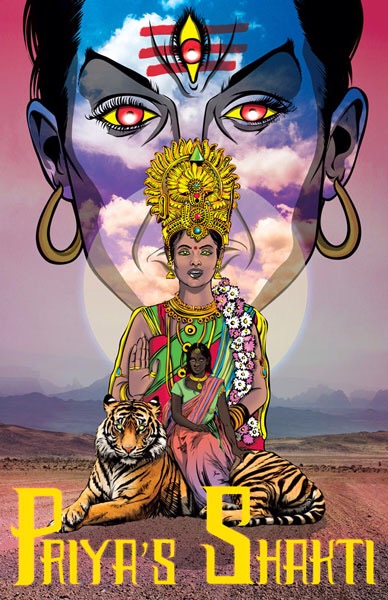

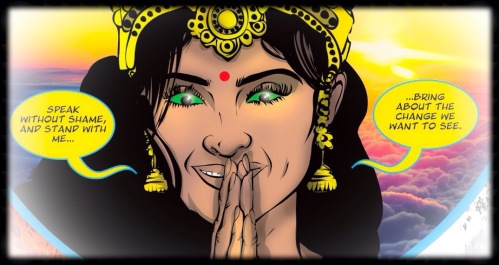










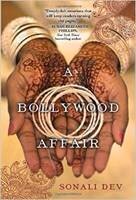
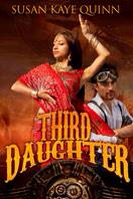
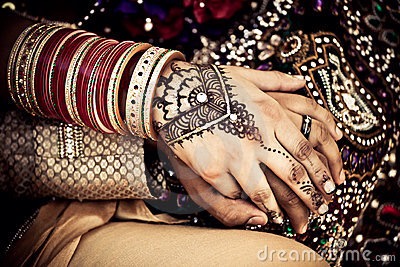
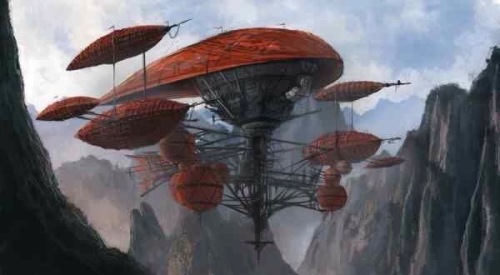
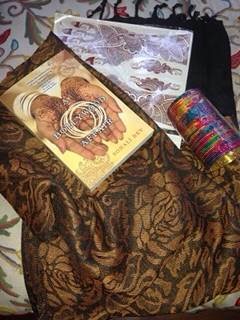



You must be logged in to post a comment.